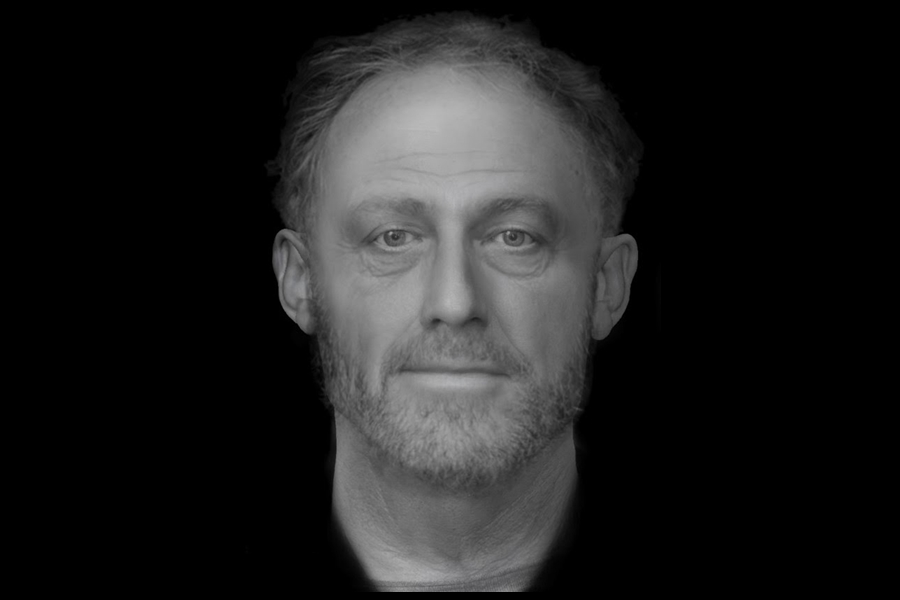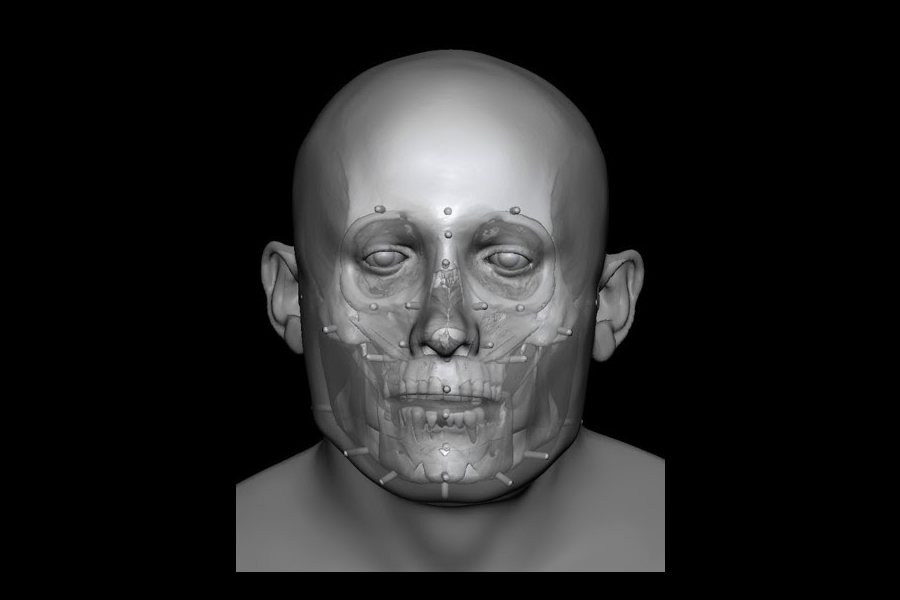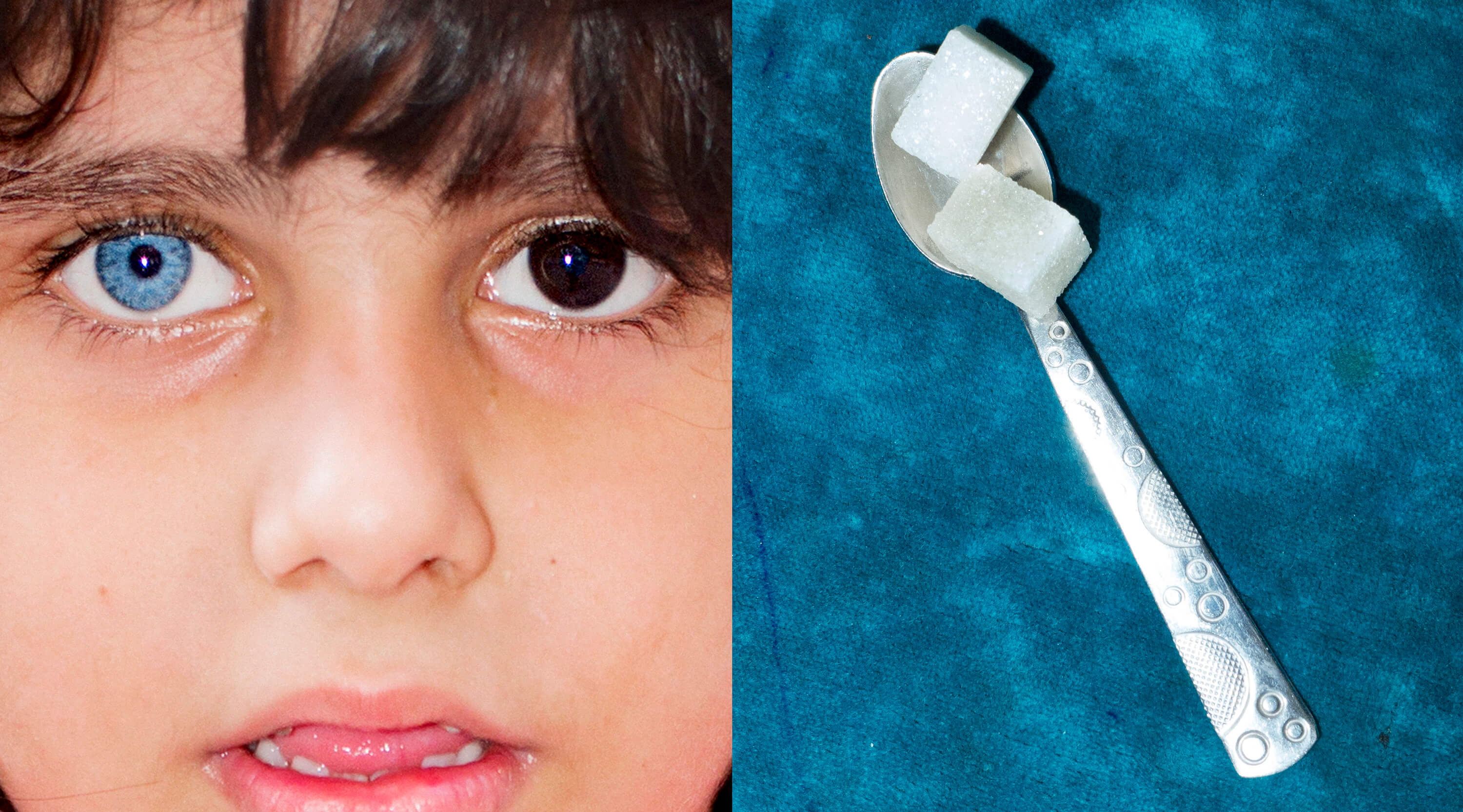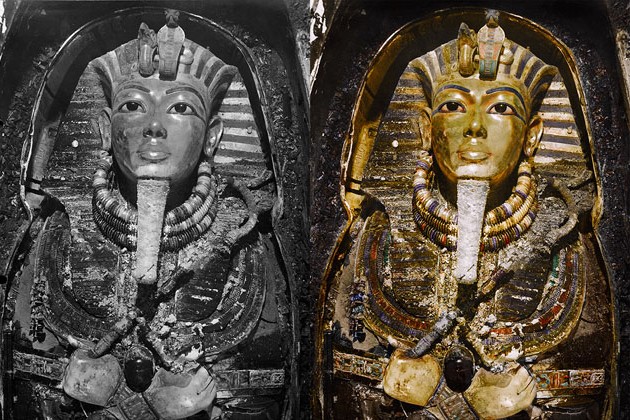Archaeologists Recreate the Face of an Ordinary Poor English Man from the 13th Century by His Skull
A medieval graveyard of the Hospital of St John the Evangelist was discovered and excavated in Cambridge in 2010—2012. The hospital was a charitable organization supported by the church and the Augustinian Order, which provided food and shelter to poor people. About 400 people who died between 13th and 15th century are buried in the hospital’s graveyard. The researchers recreated the face of one of them, the man under the code name of Context 958.
He died after the age of 40. He had a robust skeleton, worn down from hard work. The archeologists were not able to tell the poor man’s profession, but most probably Context 958 belonged to working class. When he was young, he endured some hardship, most likely illness or hunger, because the enamel on his teeth stopped growing twice. Context 958 often ate meat and fish, which is unusual for people of his class. It may mean that he was a salesman or worked for one, so he had access to products that other poor people could not afford. At some point, Context 958 was not able to work anymore — it could have been because of an illness. It is likely that he had no relatives who could have supported him under such conditions.
The life of ordinary people in the Middle Ages was rarely described, Cambridge University Professor John Robb says. The historical records usually feature the life of rich people, their finances and deals. “The less money and property you had, the less likely anybody was to ever write down anything about you,” Robb says. The results of such research may fill in these blanks.














